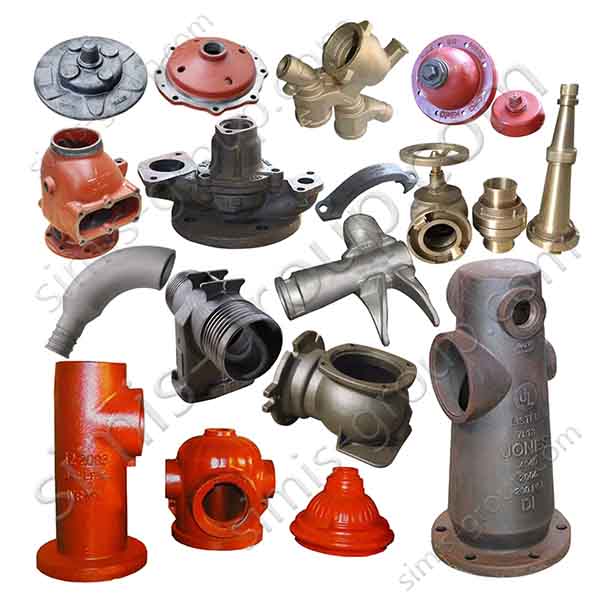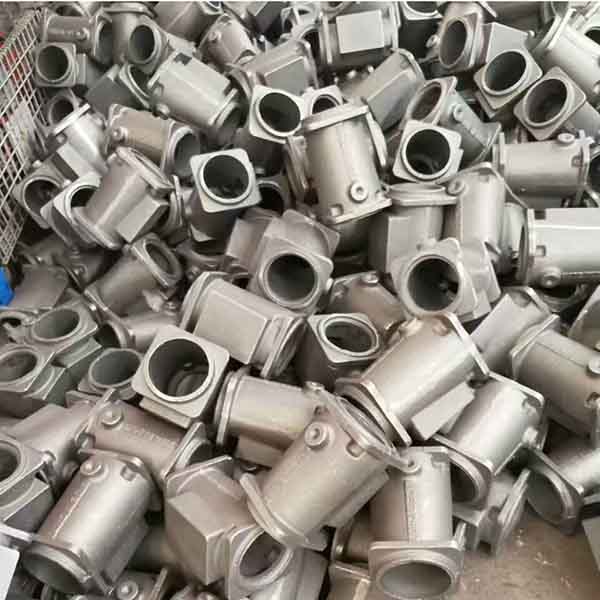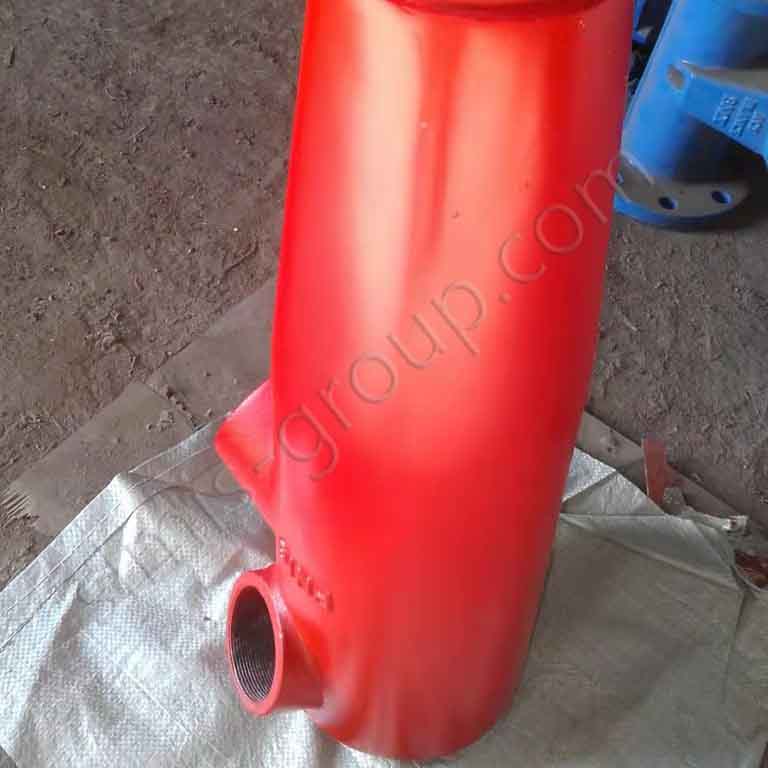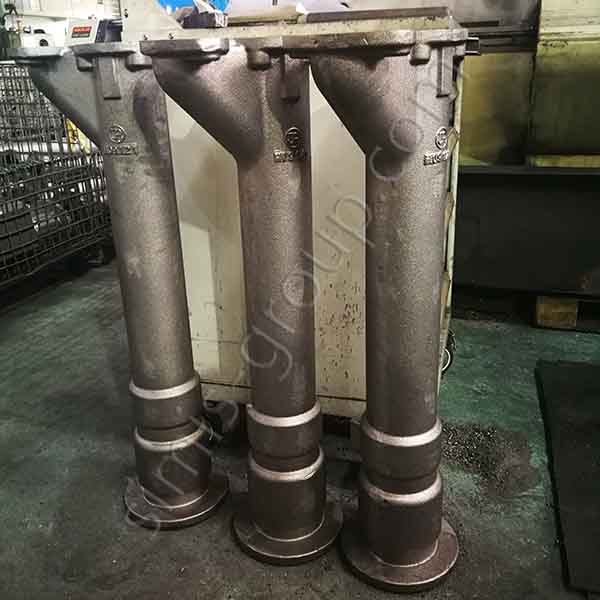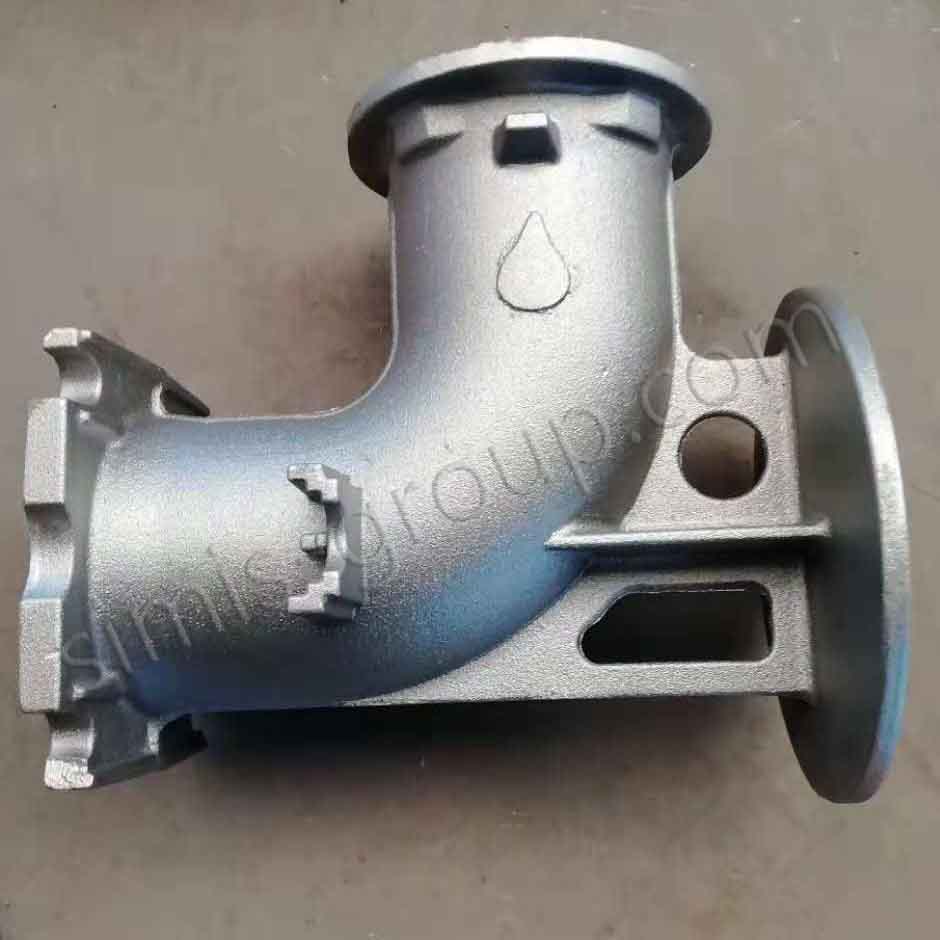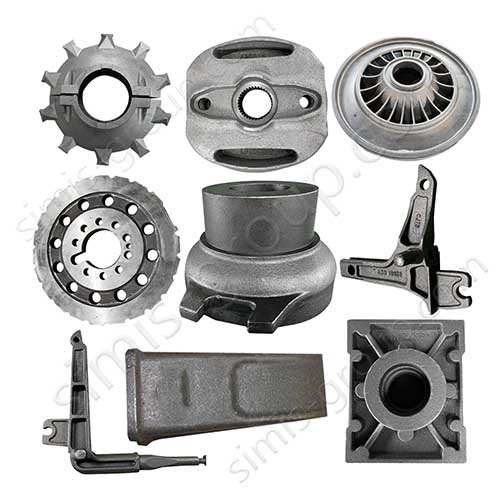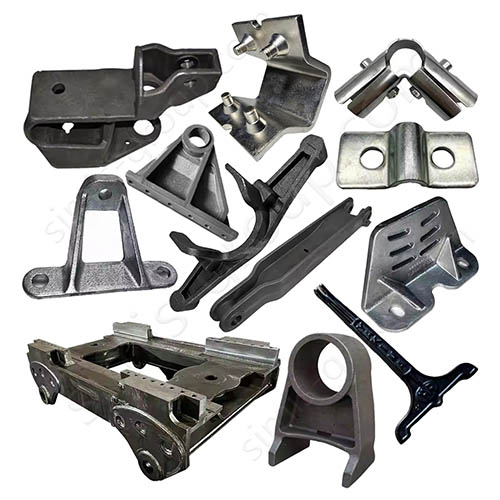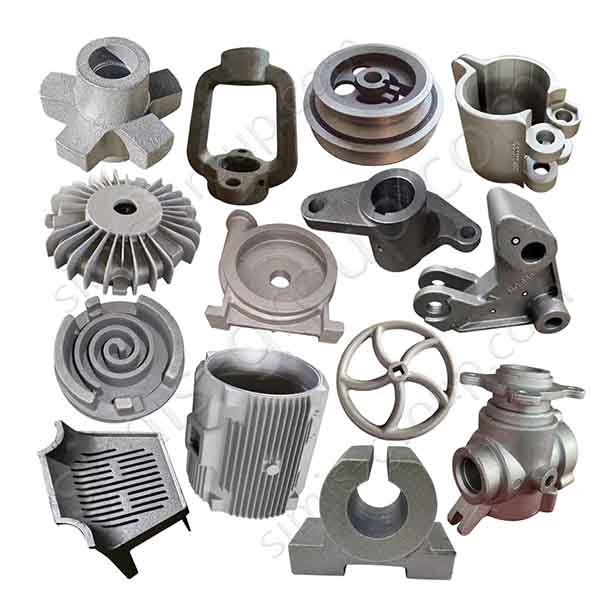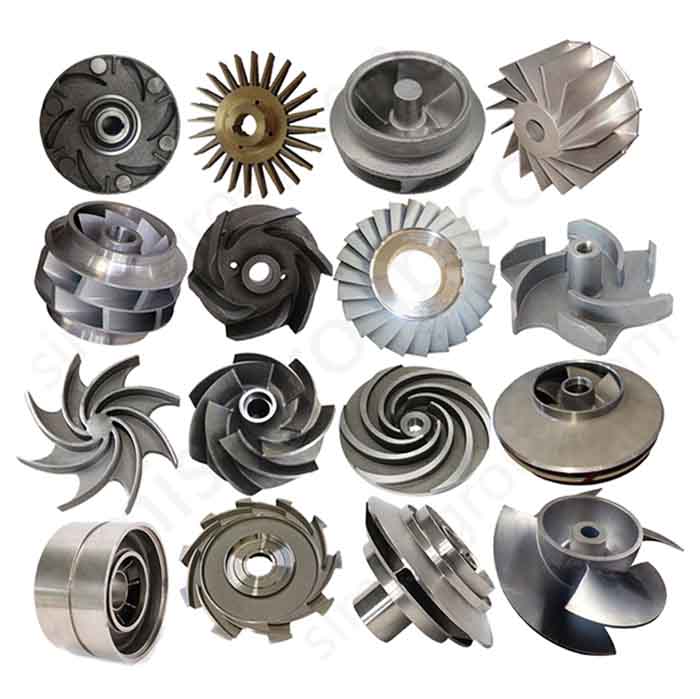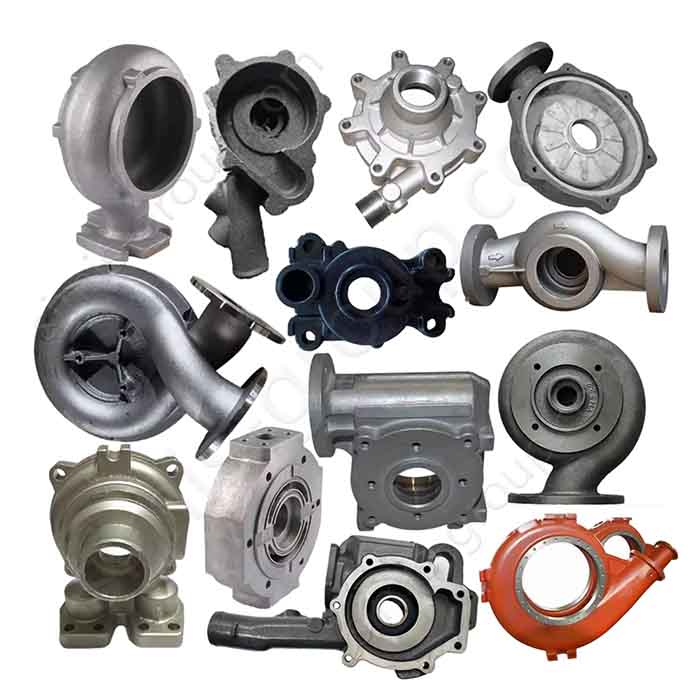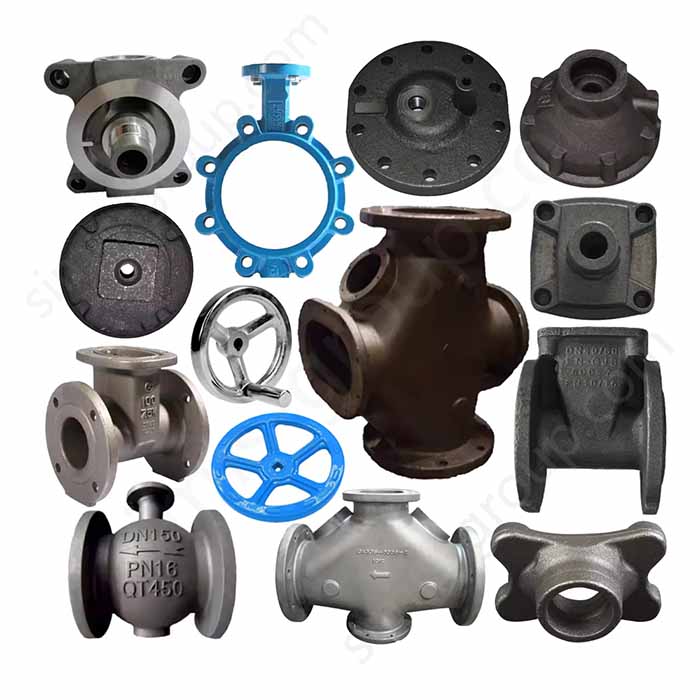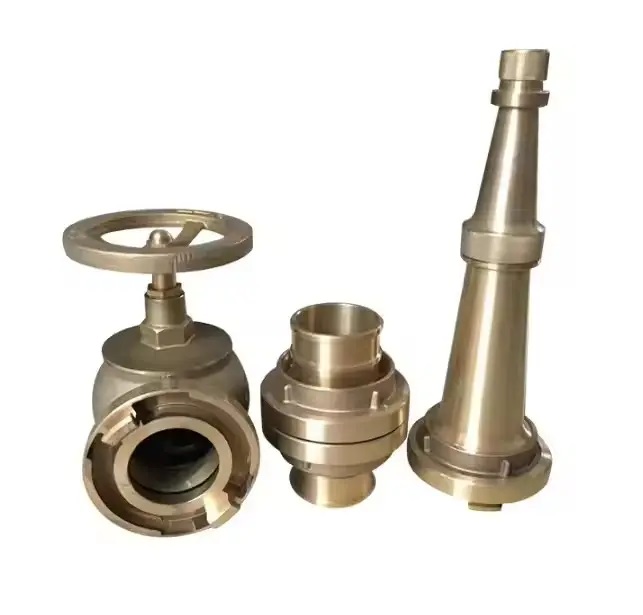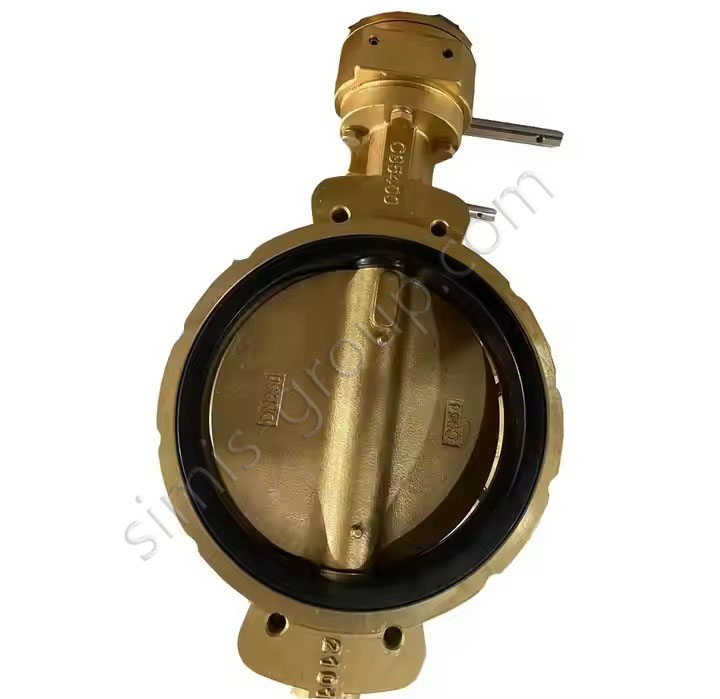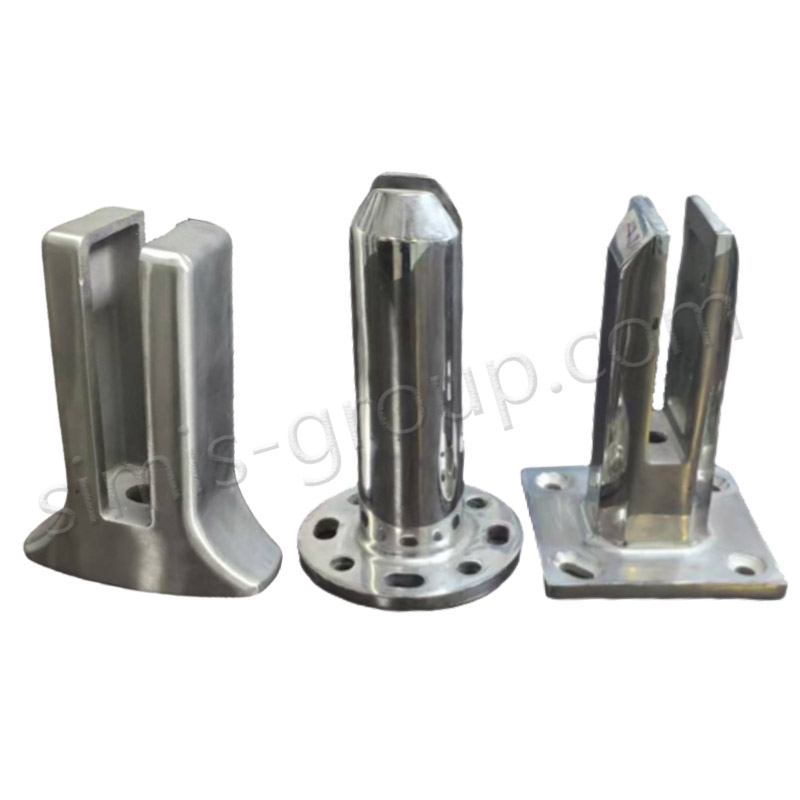Custom Metal Fire Hydrant Parts Manufacturer
Fire Hydrant Parts
Origin:
China
Brand name:
OEM /ODM
Process:
Casting/Forging + Machining + Heat Treatment + Surface Treatment
Materials:
Gray iron, ductile iron, carbon steel, stainless steel, alloy steel, aluminum alloy ...
Available:
Fire protection system
Delivery time:
30~45 days
Contact by email
Product Details

Customer Reviews

John Smith
From USA





Very professional manufacturer. Tim is highly experienced in casting and forging processes, and always gives helpful technical suggestions. The only issue was that the mold adjustment took longer than expected, but the final parts met our requirements perfectly.
Ahmed Khan
From UAE





We’ve had a pleasant cooperation. The casting accuracy and surface finish exceeded our expectations. Delivery was slightly delayed, but overall they are a reliable supplier we would consider working with again.
Maria Lopez
From Spain





The castings and forgings matched our 3D drawings very well, both in dimensions and surface quality. The communication during production was smooth, and any issues were resolved quickly.
David Brown
From UK





Good experience working with this company. They understand technical drawings clearly and were very helpful in providing us with suggestions and reminders. They are a professional manufacturer.
Petr Novák
From Czech Republic





The supplier provides professional support throughout the order. They shared progress updates and photos during production, which helped us a lot in quality control. The machining tolerance was well within our expectations.
Carlos Mendes
From Brazil





Tim is a very cheerful and professional person, and I look forward to meeting him again in China.
We ordered precision machined cast steel components for our hydraulic systems.The quality and dimensional accuracy were excellent, and communication with the team was clear and efficient.
contact us

*
Name:
{{rules.username[0].message || ''}}
*
Company:
{{rules.company[0].message || ''}}
*
Tel:
{{rules.tel[0].message || ''}}
*
Email:
{{emailType == 1 ? rules.email[0].message : rules.email[1].message}}
*
Country:
{{rules.country[0].message || ''}}
Whatsapp:
Message:
{{ruleForm.content.length}}/800
*
Captcha:
{{rules.captcha_number[0].message || ''}}
Change one
SUBMIT
contact us

*
Name:
{{rules.username[0].message || ''}}
*
Company:
{{rules.company[0].message || ''}}
*
Tel:
{{rules.tel[0].message || ''}}
*
Email:
{{emailType == 1 ? rules.email[0].message : rules.email[1].message}}
*
Country:
{{rules.country[0].message || ''}}
Whatsapp:
Message:
{{ruleForm.content.length}}/800
*
Captcha:
{{rules.captcha_number[0].message || ''}}
Change one
SUBMIT
RELATED PRODUCT RECOMMENDATIONS


